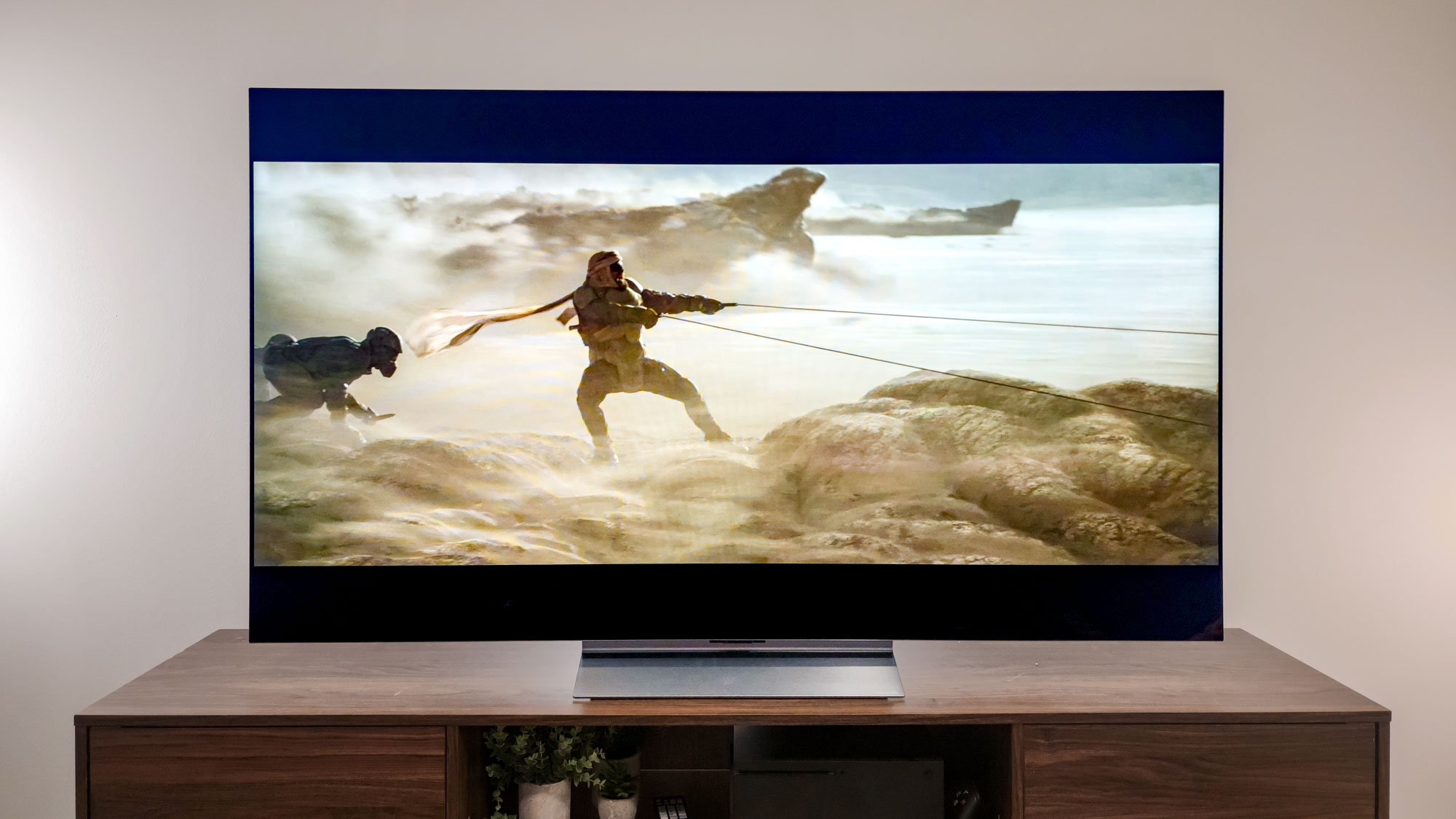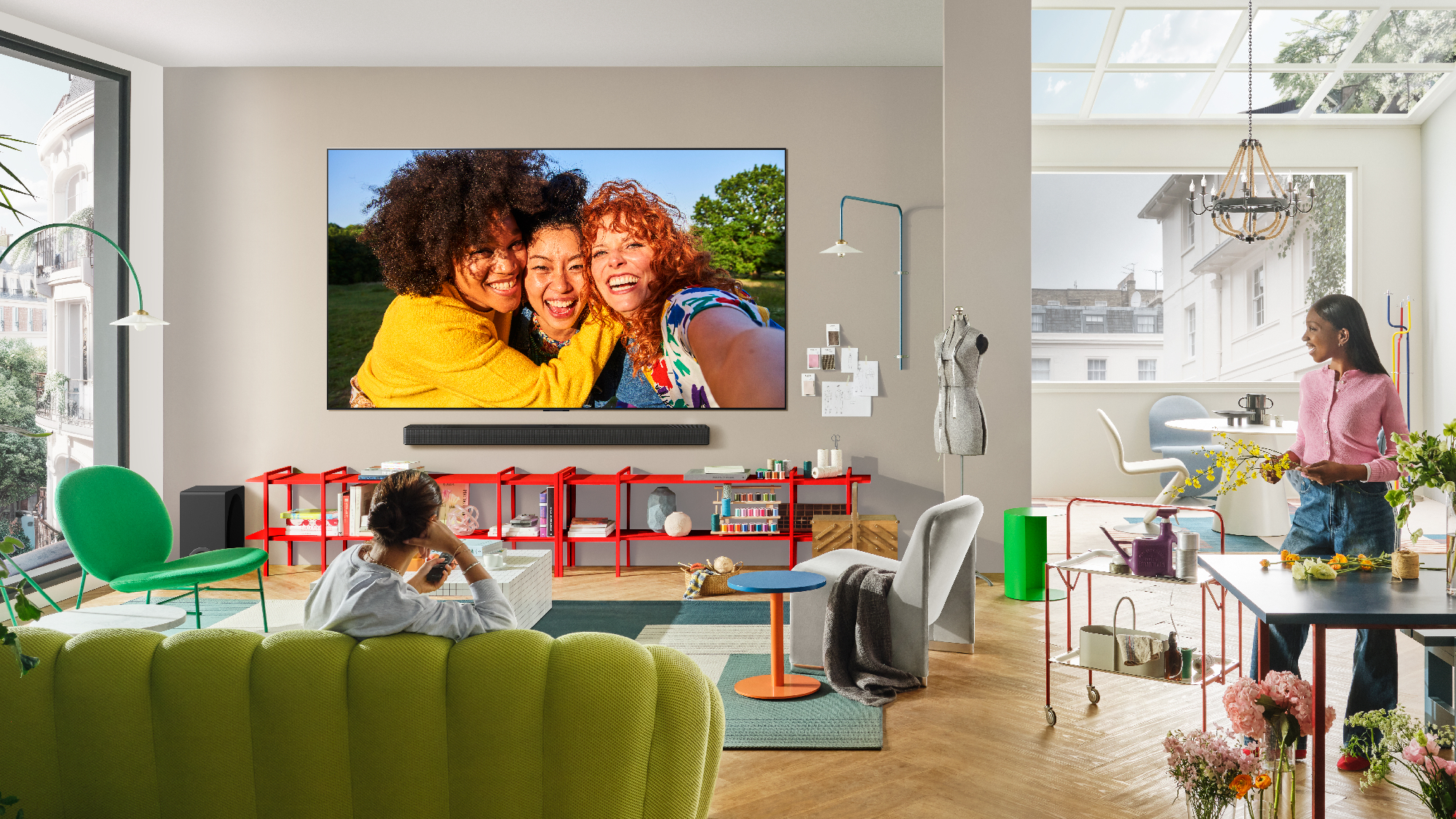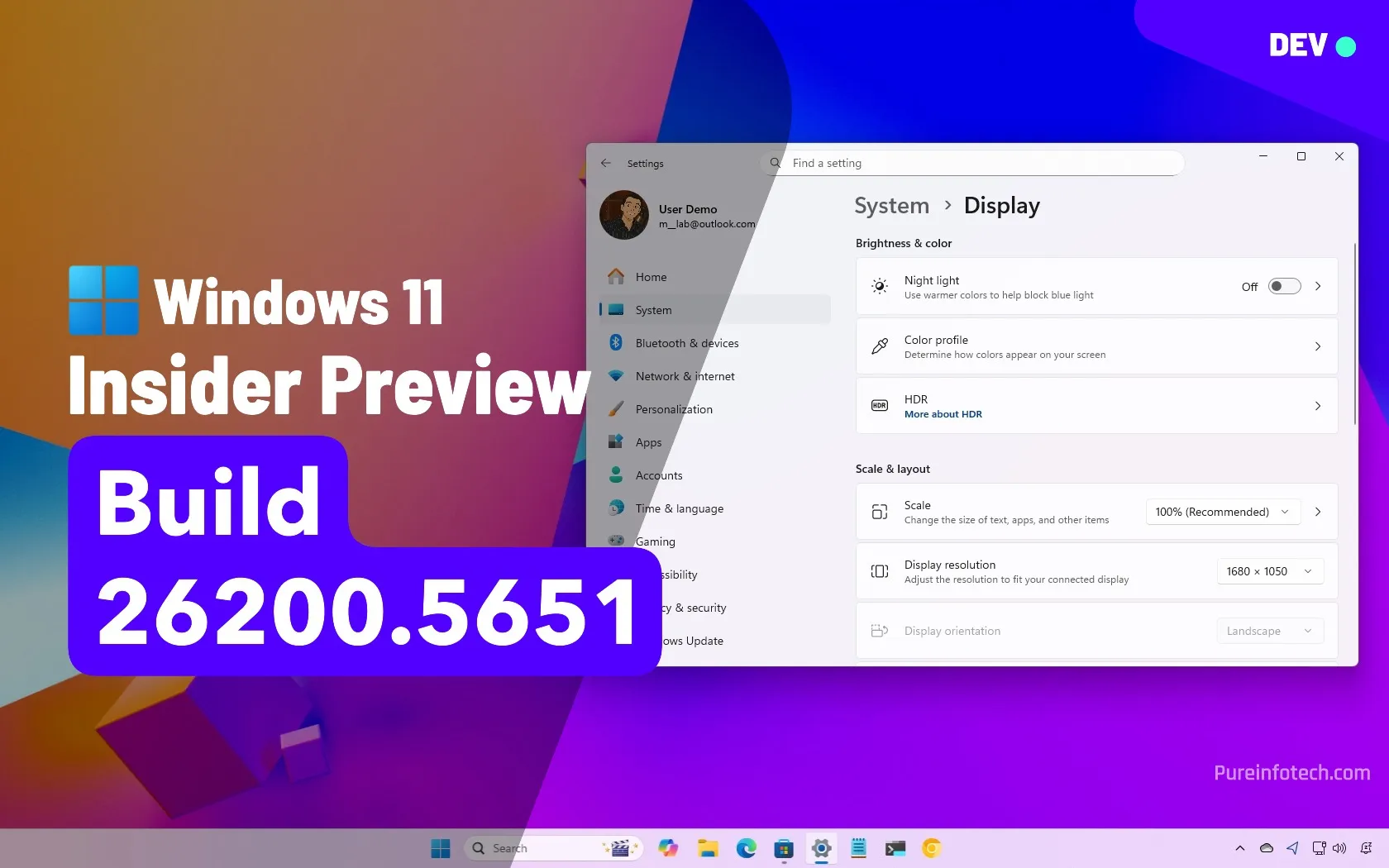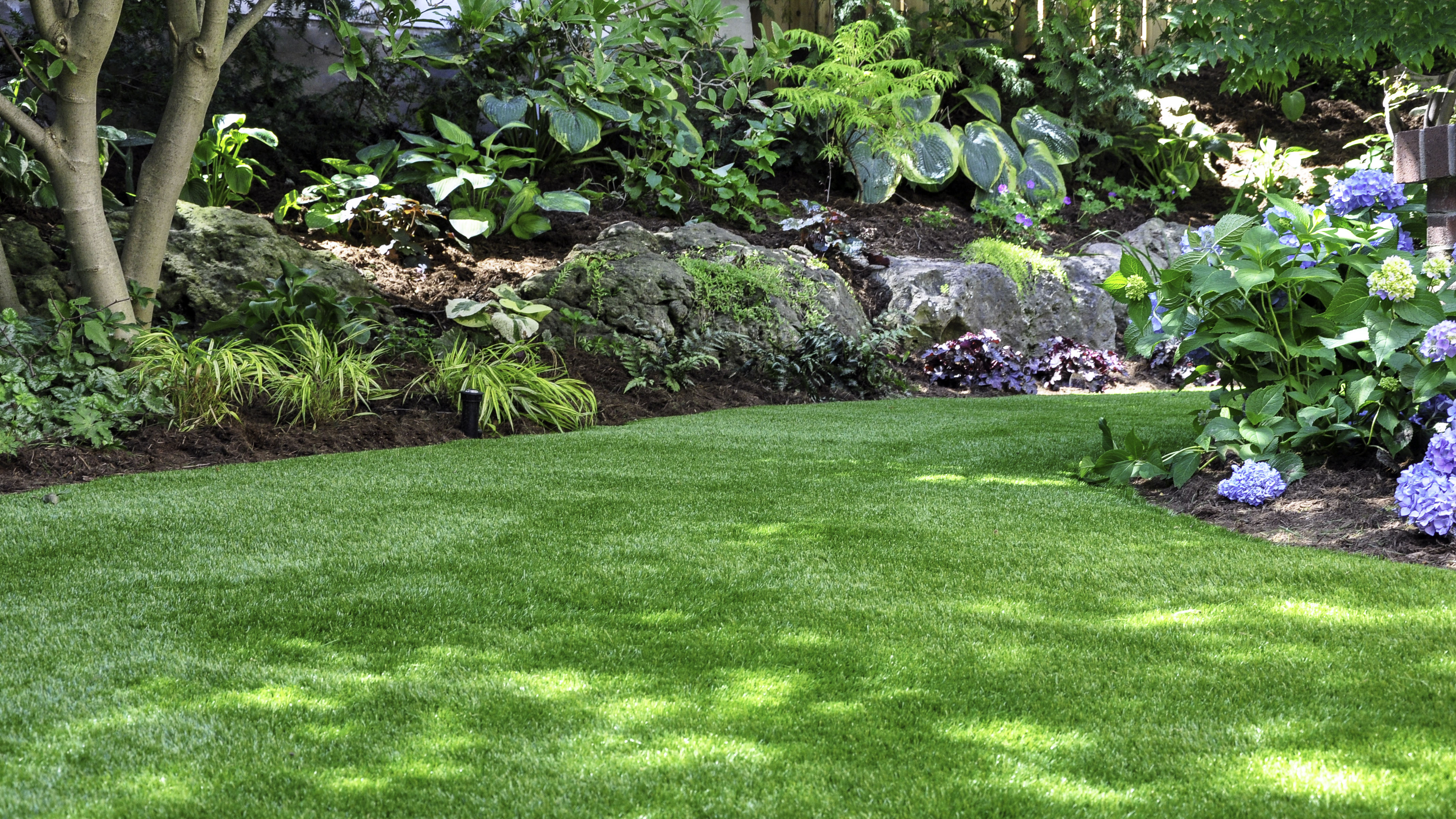LG TVs have one of the most useful features of 2025 — and no one’s talking about it

When we write about hot new features for the best TVs, we usually discuss visual improvements. It makes total sense considering TVs display a visual medium.
But in 2025, while everyone’s attention is focused on how bright TVs are getting, I’m excited about a completely different functionality — and an audio-based feature which is barely being mentioned.
It’s called Auracast, and right now, it’s available across several models LG’s 2025 TV lineup, including all of the brand’s OLED TVs.
So why am I so excited about Auracast’s inclusion in LG TVs, and what exactly could it mean for the future of TV audio? Let’s dive into what Auracast is before we look into the ways it could change our lives.
What is Auracast and why is it important?
Auracast allows for multiple devices to connect to the same audio stream from a transmitter. It’s built on Bluetooth LE (Low Energy) Audio, which was introduced with Bluetooth 5.2.
It can seem mundane, but the potential uses for the technology open up a wide world of accessibility.
When I went to a demonstration of Auracast at CES 2024, there were multiple situations set up to show various use cases.
These included an airport setting where you could connect to the Auracast stream at your gate to be able to easily hear flight updates and boarding calls, a bar where you could connect to TVs showing different sporting events with multiple commentary tracks, or a lecture in a collegiate setting to make it easier to hear the professor and not miss important information.
But all of those examples are when you’re out and about. How could it benefit us in our own home?
The first possibility has to do with fixing unintelligible TV dialogue. Instead of adjusting the volume of the TV up and down between quiet dialogue and bombastic action scenes, someone could use a pair of headphones or hearing aids to boost frequencies to make the dialogue easier to hear. Plus, the frequency tuning could be personalized for each individual’s hearing, or set to a profile determined by an audiologist.
This could be used in conjunction with a soundbar or AVR to bolster the lower frequencies (like the physical rumble during action scenes) to maintain the immersion that a home theater presentation can provide.
It could also allow for everyone in the room to watch using only the audio from their earbuds and headphones — especially useful to apartment dwellers with children that have gone to bed or troublesome neighbors that thump the floor with a broomstick at the slightest tease of noise.

Instead of an AVR with wires spread across the room, or a soundbar with proprietary wireless rear speakers, a TV could be the audio hub of the home theater.
The sound doesn’t need to be limited to a single broadcast, either. The potential exists for a TV to broadcast multiple streams at once, providing different language tracks for the same content.
Beyond connecting headphones and earbuds, Auracast could revolutionize the way we set up and use discrete speaker home theater systems. Instead of an AVR with wires spread across the room, or a soundbar with proprietary wireless rear speakers, a TV could be the audio hub of the home theater.
Multiple streams could be broadcast for different channels in a surround sound configuration. Since the speakers would only need to be Auracast-capable, you wouldn’t be locked into an ecosystem that has to work together (like Sonos or the Sony line soundbars and wireless speakers), and the system could be easily upgradeable.
Dolby has a similar technology for wireless placement of speakers called FlexConnect. We’ll see the first speaker that supports it, the TCL Z100, later this year that can be paired with TCL’s 2025 line of compatible TVs.
Auracast on 2025 LG TVs: hands-on impressions

I recently had the opportunity to spend a few weeks with the LG C5 OLED in my home and explore all of its features.
While digging through the TV’s menus, I was surprised to find Auracast broadcasting listed in the Sound menu — with options for 16kHz, 24kHz, or 48kHz transmissions.
After turning it on and selecting the quality setting (naturally I went with the highest), I tested it with three different headphones and earbuds that include the tech — the JBL Tour One M3 headphones, Earfun Air Pro 4 earbuds, and the LG xboom Buds.
The apps for the three headphones and earbuds are required to receive the signal (a separate iPhone or iPad was used for each device), and the TV’s stream needed to be selected on the individual apps.
The Tour One M3 and xboom Buds worked quickly and flawlessly, while the Air Pro 4 took a bit more finagling to get connected. That said, once complete, I was able to have all three connected simultaneously, listening to “Dune” as it streamed from the Max app on the C5.
I didn’t encounter any lip sync issues, and was also able to play the audio through my Onkyo RZ30 AVR with no audible delay between the AVR or any of the headphones.
So far, the only official announcement that 2025 LG TVs support Auracast has come from Starkey, a hearing aid company. The news was subsequently picked up by outlets that focus on hearing health and the hearing aid market, but not by the consumer tech community at large.
A quick search through the product page for the C5 confirms there is zero mention of Auracast, just that the TV supports Bluetooth version 5.3, which doesn’t even guarantee that Auracast is supported. (Bluetooth 5.2 and later chips are all capable of Auracast, but the functionality needs to be activated by the manufacturers.)
After spending time with the LG C5, I contacted LG to confirm support for Auracast and was informed that all 2025 OLED TVs as well as the QNED85A series and above support Auracast.
The future sounds promising

I should point out that LG isn’t the first TV to support Auracast, as Samsung first added support in August 2023 to its Neo QLED 8K and MicroLED TVs from that year.
But much like LG, there’s no information about it on any of Samsung’s 2025 TV product pages, just that Bluetooth Audio is supported — Samsung doesn’t even indicate which Bluetooth version.
Even though the Auracast specifications were introduced a few years ago, we’re still at the beginning of wider Auracast implementation and usability.
This year, we’ve seen more earbuds and headphones available with the functionality and it’s been easier to connect than before. The addition of Auracast to LG TVs to the growing list of supported devices is a promising move forward.
Hopefully we’ll continue to see companies embrace the accessibility opportunities for their products and Auracast will become a part of our technological daily life.
More from Tom’s Guide
Source link











